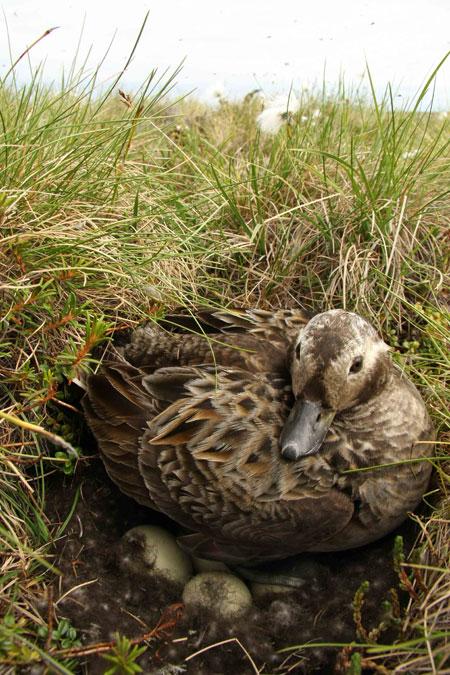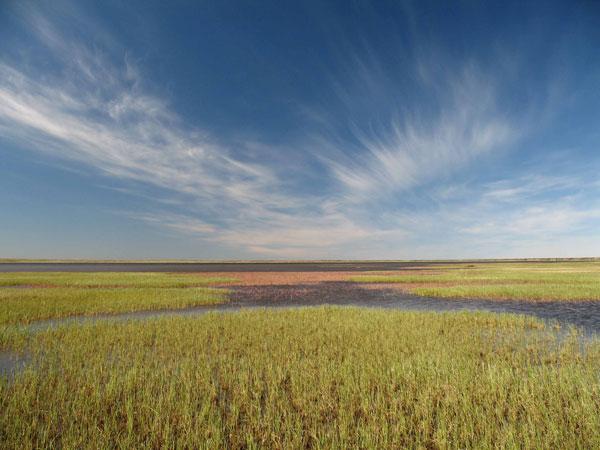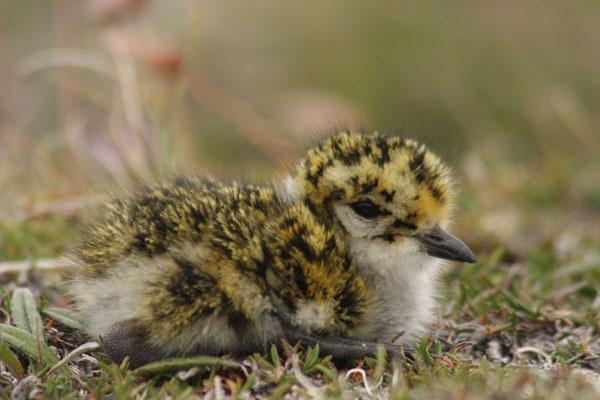Arctic Alaskan Lake Called Crucial to Nesting Birds


A lake region of Arctic Alaska has been found to be a hotbed of bird nesting to species from all over the world. Conservationists argue that the findings of the area's importance to so many birds shows that the region merits protection.
The Wildlife Conservation Society (WCS) conducted a four-year study of western Arctic Alaska's Teshekpuk Lake region, and was the first to look at the full suite of bird species from around the world that descend on the region during the brief, but productive, Arctic summers. [In Images: Get a Rare Glimpse of Remote Alaska ]
"Teshekpuk Lake is in the middle of the world's biggest Arctic wetland, and thus at the heart of an international migration of shorebirds, waterfowl, loons and songbirds that nest in this highly productive region during the short summer," WCS study team member Steve Zack said.
During the study, WCS scientists calculated nest densities (number of nests per unit of area) at the remote Teshekpuk site. Those results were compared to six other areas (including both remote sites and sites humans have had an impact on) where nest densities were measured in previous studies. The results showed that Teshekpuk had some of the highest nesting bird densities and nest productivity across Alaska's Arctic.
"This is the first study to investigate breeding bird densities and measure how well birds are able to produce young in this remote and important region near Teshekpuk Lake," said study member Joe Liebezeit of the WCS. "We found that the density of nesting birds was markedly higher compared to many other sites in Arctic Alaska."
Nests were also monitored every three to six days at Teshekpuk and at a site in the Prudhoe Bay region 150 miles (240 kilometers) to the east where oil extraction is occurring. Results showed that for some species, nest survivorship (the production of young) was higher at Teshekpuk.
"This study makes clear how valuable this region is to breeding birds," Zack said.
Get the world’s most fascinating discoveries delivered straight to your inbox.
The Teshekpuk study site exists within a portion of the Teshekpuk Lake Special Area (TLSA) in the National Petroleum Reserveâ??Alaska (NPR-A) that was temporarily withdrawn by the Bureau of Land Management from oil and gas leasing consideration in July 2010 over concerns for wildlife.
Tens of thousands of geese migrate there to molt in summer and a 70,000-strong caribou herd critical to North Slope natives for subsistence hunting calves its young in the TLSA.
The Bureau of Land Management is evaluating how best to balance wildlife protection and future energy development in the NPR-A . The WCS says that the results of this study, detailed in the March issue of the journal Arctic, and other research and activities they do in the area will help inform the bureau's process.
"Given the results of this study, and previous studies conducted by WCS and other scientists, we recommend that the region of 10-year development deferral be granted permanent protection," said Jodi Hilty, director of WCS's North America Program.





